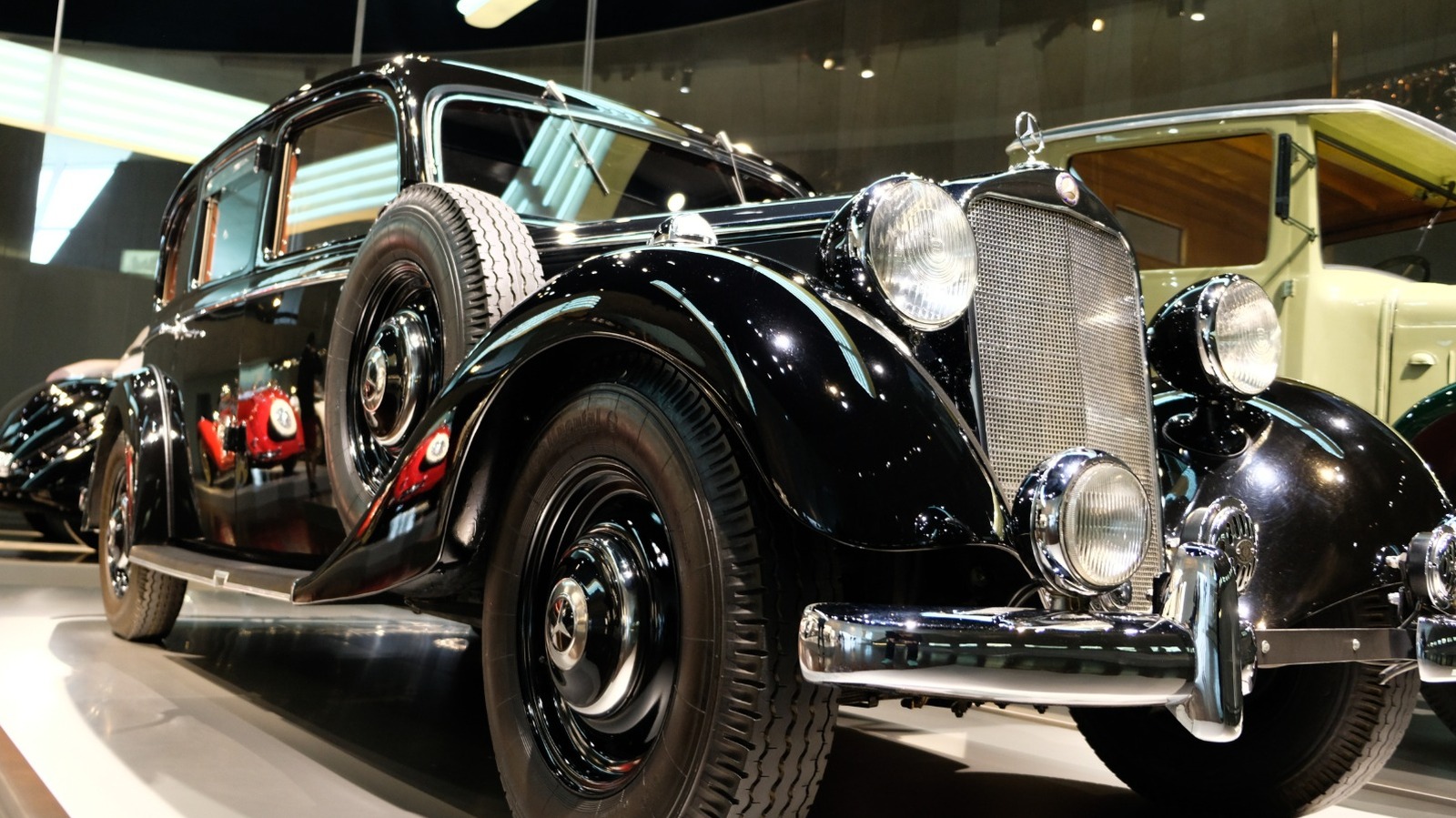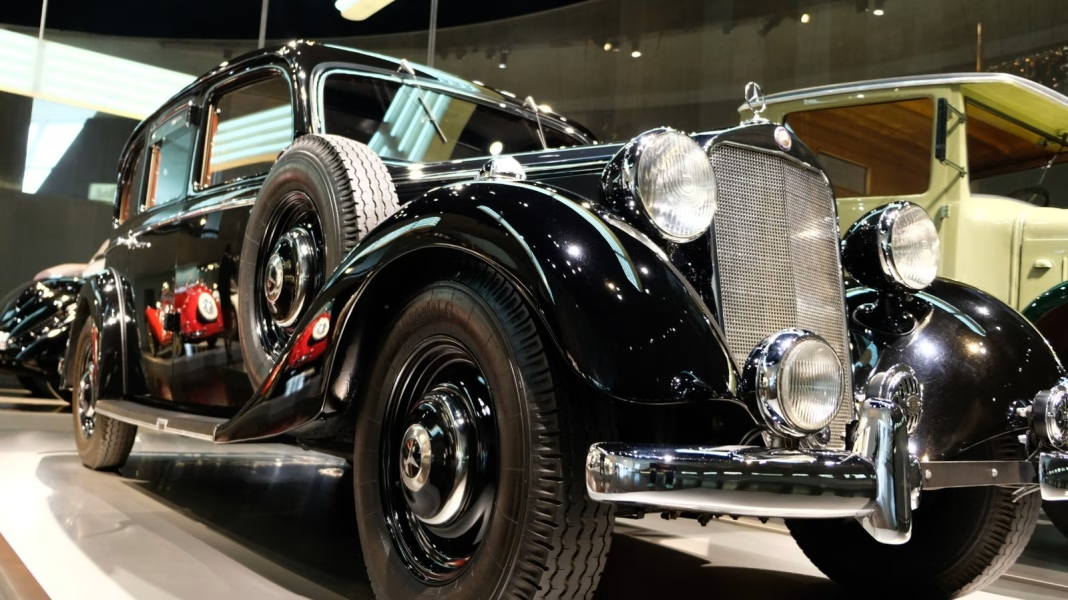Diesel engines have long been celebrated for their fuel efficiency, making them a popular choice for everything from heavy-duty trucks to everyday passenger vehicles. But if you’ve ever wondered about the origins of diesel power in cars, you’re in for an interesting ride. Let’s dive into the history of the first car equipped with a diesel engine and explore how it paved the way for the diesel revolution.
What Was the First Diesel-Powered Car?
The title of the first car to feature a diesel engine goes to the 1933 Mercedes-Benz 260 D. This vehicle was groundbreaking for its time, marking a significant shift in automotive technology. Designed by the brilliant engineer Rudolf Diesel, the diesel engine was initially conceived for industrial applications, but it didn’t take long for its advantages to be recognized in the automotive world.
The 260 D was a game changer, boasting a 2.6-liter four-cylinder engine that produced a modest 50 horsepower. While that might not sound like much by today’s standards, it was quite impressive back then. The fuel efficiency of the diesel engine allowed it to travel longer distances on less fuel compared to its gasoline counterparts, making it an attractive option for consumers looking to save at the pump.
Why Diesel Engines?
So, what makes diesel engines so appealing? For starters, they typically offer better fuel economy than gasoline engines. This efficiency is largely due to the higher energy density of diesel fuel, which allows vehicles to travel further on a single tank. Additionally, diesel engines tend to have a longer lifespan, as they are built to withstand higher levels of stress and pressure.
The advantages don’t stop there. Diesel engines also produce more torque, which is particularly beneficial for heavy vehicles that require extra power for towing or hauling. This characteristic has made diesel engines the preferred choice for trucks and commercial vehicles, where performance and efficiency are paramount.
The Legacy of the 260 D
The introduction of the Mercedes-Benz 260 D set the stage for the widespread adoption of diesel technology in passenger cars. Following its debut, several manufacturers began experimenting with diesel engines, leading to a variety of models that catered to different markets. By the 1980s and 1990s, diesel cars gained significant traction in Europe, where fuel prices were higher, and consumers were more inclined to seek out fuel-efficient options.
Today, diesel engines continue to evolve, incorporating advanced technologies like turbocharging and direct fuel injection to enhance performance and reduce emissions. While the popularity of diesel vehicles has fluctuated due to environmental concerns and the rise of electric vehicles, they remain a viable option for many drivers, especially those who prioritize fuel efficiency and longevity.
What’s Next for Diesel Technology?
As we look to the future, the automotive landscape is rapidly changing. With the push for greener alternatives, many manufacturers are investing heavily in electric and hybrid technologies. However, diesel engines are not going away just yet. Innovations in cleaner diesel technology are being developed, focusing on reducing emissions and improving efficiency even further.
For instance, modern diesel engines are equipped with advanced emissions control systems that significantly lower pollutants. This means that while diesel engines have faced scrutiny over their environmental impact, they are also adapting to meet stricter regulations and consumer demands for cleaner vehicles.
The big takeaway? The journey of diesel engines in the automotive world isn’t about perfection—it’s about smarter adjustments. Whether you’re a fan of diesel or just curious about automotive history, understanding the evolution of these engines can provide valuable insights into the future of transportation. If you’re considering a diesel vehicle, take the plunge and see how one small change can make a big difference in your driving experience.


